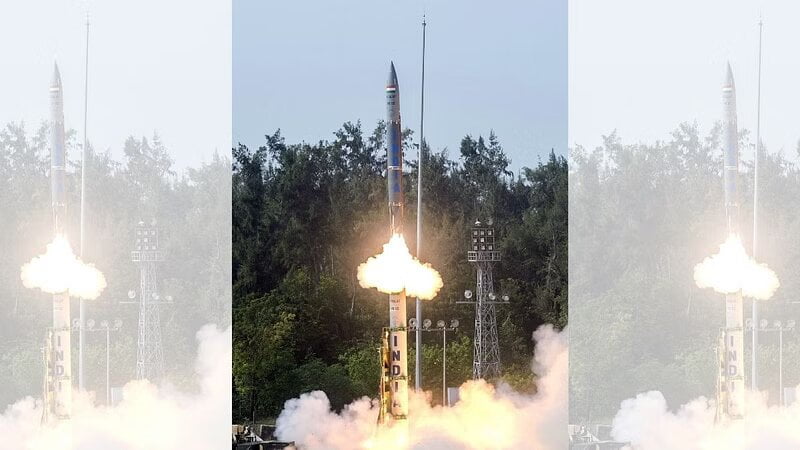During the ongoing standoff between the Liberation Army of China (LAC) and the People’s Liberation Army (PLA) of China, the Indian Army is about to get a new, powerful weapon to fight against the huge Chinese army.
Defense Research and Development Organisation (DRDO), which has made the country proud by making a number of powerful missiles, has added the Pralay missile to its already impressive list of accomplishments.
Pralay is a tactical, surface-to-surface, short-range ballistic missile (SRBM) for use on the battlefield. It was made to be India’s answer to China’s Dong Feng 12 (CSS-X-15) missile.
The Indian defence forces’ plan is well on its way to being approved, and a high-level meeting will be held later this week to talk about it.
The proposal is also important because it comes at a time when the Indian forces are working on making a rocket force, which has been talked about at the highest levels of the defence ministry.
The strategic forces command is in charge of the long-range strategic weapons, so the strategic forces command will be in charge of the Pralay missile and the BrahMos supersonic cruise missile.
In 2015, DRDO started making the Pralay missile, and it took four years to test the technologies that were needed. On December 22, 2021, the first test of the Pralay missile was done from Abdul Kalam Island off the coast of Odisha.
Let’s look at some of the things the Pralay missile can do.
The Pralay missile has a 350 kg to 700 kg high explosive fragmentation warhead that is already made. It has a range of 150 km to 500 km and can fire Penetration-Cum-Blast (PCB) and Runway Denial Penetration Submunitions (RDPS).
The Pralay missile is made to destroy radar and communication systems, command and control centres, and airfields that are used by the enemy.
The Pralay missile can be moved by road and meets the Indian Army’s need for a tactical ballistic missile with conventional weapons that doesn’t get in the way of India’s “No First Use” nuclear policy.
The Pralay missile is powered by a solid fuel rocket motor and moves in a way that is almost like a ball. It can avoid anti-ballistic missile (ABM) interceptors by using a manoeuvrable reentry vehicle to make turns in the air.
The Pralay missile uses technologies made for the exoatmospheric interceptor missile Prithvi Defence Vehicle (PDV) and the Prahaar tactical missile.
The composite propellant made by the High Energy Materials Research Laboratory (HEMRL) for the Sagarika missile (K-15) in the K Missile family is also used in the Pralay missile. This composite propellant is very strong and makes more energy than the propellant used for the Agni series of missiles.
